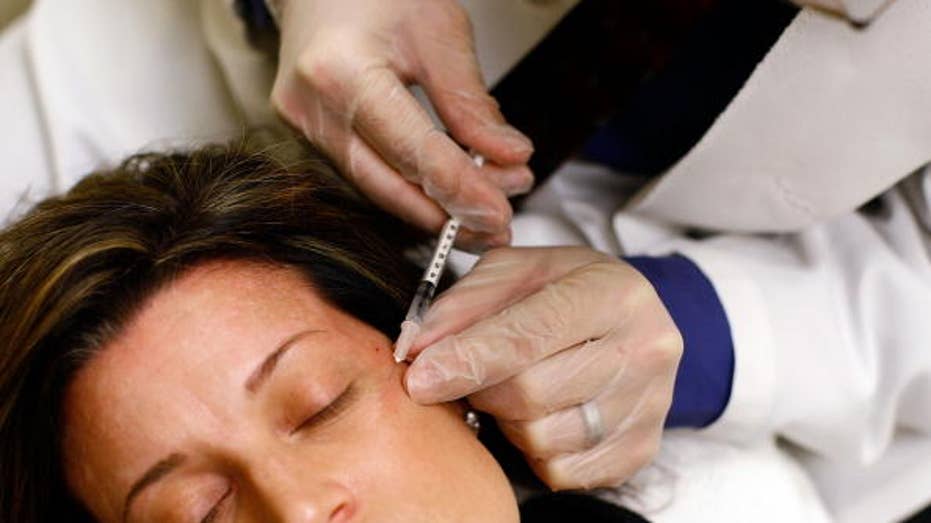Botox is a neurotoxin that changed the game in aesthetic medicine and thus became a cultural phenomenon. It’s now more popular than ever, with some people as young as their 20s lining up at dermatologist offices and medical spas to prevent or reduce the appearance of wrinkles. all for between $10 and $25 each. (A syringe contains three to five units.)
Here’s the science behind the syringe: Botox blocks the nerve signals that cause muscles to contract. By interrupting these signals, Botox temporarily relaxes targeted muscles, which can reduce the appearance of wrinkles caused by repetitive movements when injected, for example, into the forehead.
Botox is no longer the novelty it was when it was first approved by the FDA in 1989. In fact, between 2000 and 2020, Botox use increased by 380% – and people on social media aren’t shy about discussing all the latest trends in this cosmetic procedure.
While more and more people are using Botox to smooth fine lines and wrinkles (as well as for other reasons, including reducing sweating, relieving migraines, and even relaxing the trapezius muscles), not everyone is as familiar with it. how it works and what it can do – and I can’t, I can’t do it. Here’s what the experts want you to know.
Botox won’t change your face…
Nousha SalimiA registered nurse and facial rejuvenation artist based in Los Angeles, tells Yahoo Life she thinks it’s the “biggest misconception” when it comes to people who haven’t tried Botox — that it will make your face look very different from when you went there. But Botox is not a surgical procedure, and while it may relax the muscles in your face, it is not intended to make you look dramatically different than a procedure like a facelift, rhinoplasty or cheek implants.
Dermatologist Dr. David Kim has Idriss Dermatology in New York agrees, telling Yahoo Life that when “applied correctly, Botox shouldn’t change your appearance, but it should soften deep wrinkles and fine lines to give you a more rested appearance.” Popular places to get Botox include the “crow’s feet” lines on the outer corners of your eyes, between the eyebrows (where “11 lines” can form), and the forehead.
Botox also has limitations, notes Kim, because it cannot help with sagging skin (when the skin loses its firmness and tightness) or collagen production (a lack of collagen can lead to sagging skin when it decreases). with time). “If you want to enhance jowls or smile lines, Botox is not the right treatment,” he says.
…but you may end up with a Botox look you don’t want
That being said, there are times when an injector (the person injecting you with Botox) may give you a look that you aren’t looking at. necessarily want, says Salimi. She explains that people who are wary of Botox making their face look worse often see people who have bad results with their injector, such as “Spock eyebrows” – which refers to a specific look where the eyebrows are raised spectacularly in…

